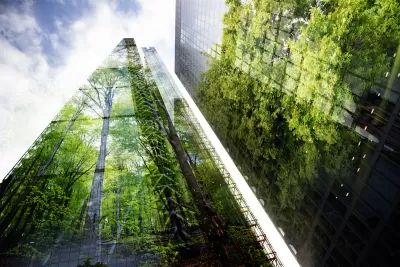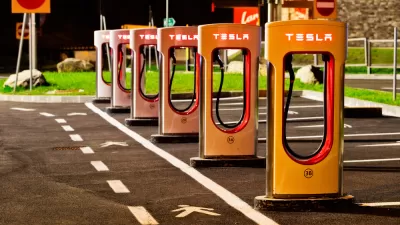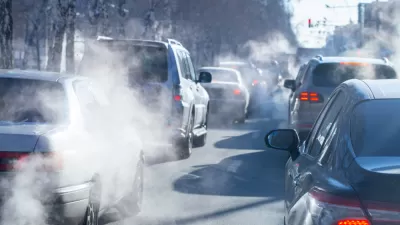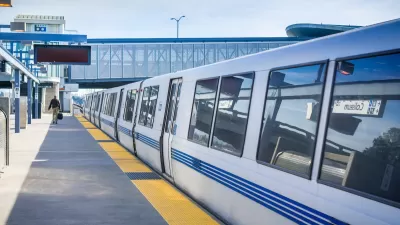The concept of biourbanism views cities as natural systems, but brings a data-driven approach to quantifying and mitigating the impacts of climate change.

To confront climate change, Australian designer Adrian McGregor calls for thinking about cities as part of, not in opposition to, nature. As Keira Wright explains in an interview with McGregor for Bloomberg, “With cities responsible for over 75% of greenhouse gas emissions, designing smart and sustainable cities is the single most pressing challenge in confronting climate change.”
McGregor sees cities as “spectacular living, dynamic systems that evolve with us” that should be classified as “novel nature” or a “human-modified biome” to understand how to increase cities’ resilience in the face of climate change. McGregor’s concept of ‘biourbanism’ “focuses on the urban organism, considering it as a hypercomplex system, according to its internal and external dynamics and their mutual interactions.” The concept includes an urban structure focused on “10 interconnected systems: citizens, economy, energy, infrastructure, mobility, technology, water, waste, landscape and food.”
Despite the focus on natural systems, McGregor also believes technology can play an important role in mitigating the impacts of climate change and helping reduce our carbon footprint. One example is ‘digital twins,’ “models that simulate a real city linked to real data that can enable governments to “undertake climate impact testing and also plan for resilience by prioritizing investment and infrastructure spending in the right places.” McGregor’s data- and tech-centric approach focuses on transparency and access to data as first steps in understanding and reducing energy use and decarbonization.
FULL STORY: Why Thinking of Cities as Nature Is Key to Fighting Climate Change

Trump Administration Could Effectively End Housing Voucher Program
Federal officials are eyeing major cuts to the Section 8 program that helps millions of low-income households pay rent.

Planetizen Federal Action Tracker
A weekly monitor of how Trump’s orders and actions are impacting planners and planning in America.

The 120 Year Old Tiny Home Villages That Sheltered San Francisco’s Earthquake Refugees
More than a century ago, San Francisco mobilized to house thousands of residents displaced by the 1906 earthquake. Could their strategy offer a model for the present?

HSR Reaches Key Settlement in Northern California City
The state’s high-speed rail authority reached an agreement with Millbrae, a key city on the train’s proposed route to San Francisco.

Washington State Legislature Passes Parking Reform Bill
A bill that would limit parking requirements for new developments is headed to the governor’s desk.

Missouri Law Would Ban Protections for Housing Voucher Users
A state law seeks to overturn source-of-income discrimination bans passed by several Missouri cities.
Urban Design for Planners 1: Software Tools
This six-course series explores essential urban design concepts using open source software and equips planners with the tools they need to participate fully in the urban design process.
Planning for Universal Design
Learn the tools for implementing Universal Design in planning regulations.
Ada County Highway District
Clanton & Associates, Inc.
Jessamine County Fiscal Court
Institute for Housing and Urban Development Studies (IHS)
City of Grandview
Harvard GSD Executive Education
Toledo-Lucas County Plan Commissions
Salt Lake City
NYU Wagner Graduate School of Public Service





























